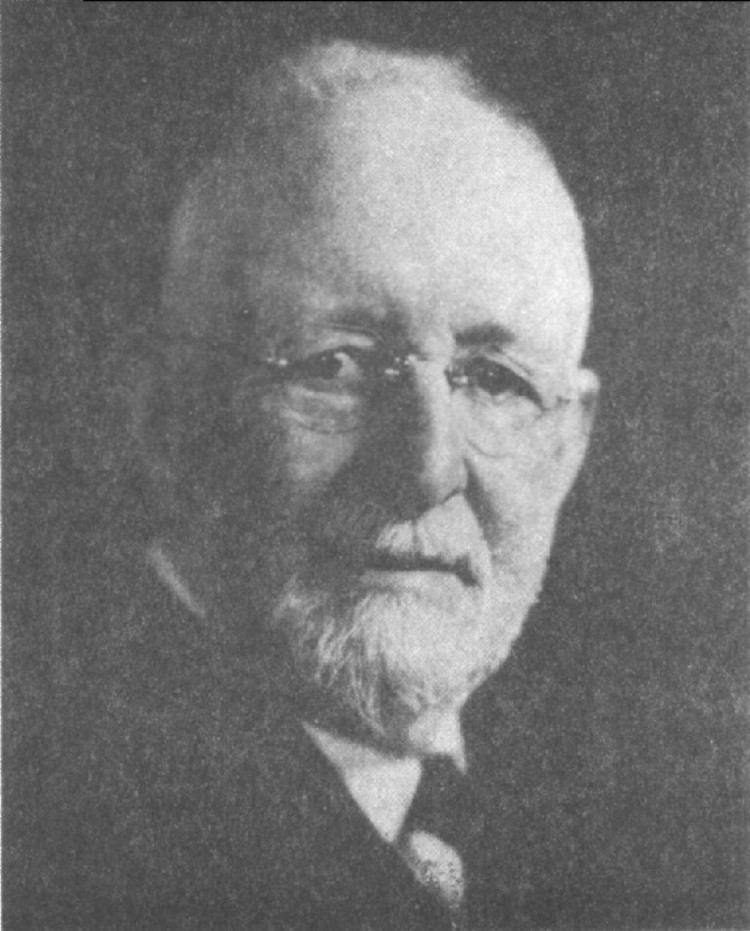Citizenship American | Name George Field Nationality American | |
 | ||
Born September 29, 1863North Bridgewater, Massachusetts ( 1863-09-29 ) Institutions Brown UniversityRhode Island Agricultural Experiment StationMITMassachusetts Commissioners of Fisheries and GameMassachusetts Audubon Society,U.S. Department of Agriculture Known for Establishment of the marine laboratory of Rhode Island College of Agriculture and Mechanic Arts Education | ||
George Wilton Field, Ph. D. (1863 – 1938) was an American biologist, born at North Bridgewater, Massachusetts. Working primarily in Rhode Island and Massachusetts, Field was a pioneer in the field of shellfish aquaculture and water pollution, and took an interest in conservation issues. Beginning in 1916, Field was in the employ of the U.S. Bureau of the Biological survey, and later in his career was the United States representative to the League of Nations International Commission on Water Pollution Control.
Contents
Biography
George Wilton Field was born 29 September 1863 in North Bridgewater, Massachusetts to Charles C. Field and Lucy (Cross) Field. He attended local public schools in North Bridgewater, graduating from high school in 1882. He undertook field studies in marine biology in the Bay of Fundy region of Nova Scotia in 1883, and in the Gulf of St. Lawrence in 1885, and he graduated from Brown University (A.B., 1887; A.M., 1890) and from Johns Hopkins University (Ph.D, 1892). He did postdoctoral studies in Naples, Italy at the Stazione Zoologica, and at Ludwig Maximilian University of Munich. From his work in Germany, Field was fluent in German, and as a result was a translator of several German scientific works into English including those of biologists Richard Hertwig and Ernst Haeckel. He married Mary Bell Bacon (1863-1951) on 29 June 1892 in Natick, Massachusetts, and they had four children.
Field worked in Rhode Island, the Massachusetts and the U.S. federal government in his occupations. He became associate professor of cellular biology at Brown University from 1893-96. He was hired by Josiah H. Washburn as a zoology professor and marine biologist at the Rhode Island Agricultural Experiment Station from 1896 to 1900, where he established Rhode Island's first marine laboratory at the village of Jerusalem on Point Judith Pond in the municipality of Narragansett. Field's research was primarily concerned with the aquaculture of oysters and other marine organisms in Point Judith Pond and the effects of planktonic food availability and oxygen availability on their growth and survival. He had additional studies on starfish as predators of oysters. He was an instructor in economic biology at MIT in 1902; and in 1903 worked as a biologist at the Massachusetts Commission on Fisheries and Game, becoming chairman of the commission in 1904. He served as a Massachusetts Fishery and Game Commissioner until 18 Feb 1916.
Field was an expert on water pollution and the effects of industrial pollutants on the growth and survival of oysters and other marine organisms. In 1905, conducted a study on the effects of coal tar on oyster beds, and he served as a scientific consultant to the Rhode Island Commissioners of Shellfisheries in a 1910 water pollution case brought by Rhode Island oyster farmers against the Providence Gas Company.
Prof. Field became a director of the Massachusetts Audubon Society, and in 1911, he was elected president of the National Association of Shellfisheries Commissioners.
Following his work in Massachusetts in 1916, Field joined the Bureau of Biological Survey of the U.S. Department of Agriculture in the capacity of supervisor of the 74 national bird and mammal reservations in the United States. He served in that capacity until 6 December 1919 when he became a consultant to the Government of Brazil in the early 1920s on matters of environmental conservation. And in the early 1930s, he was a consulting biologist with the United States Department of Agriculture serving as the United States representative on international cooperation on water pollution control.
As a result of complications due to an automobile accident in Paris during one of his trips to Europe as the U.S. Soil and Water representative to the League of Nations, Field died on 19 January 1938 in Washington, DC, and he was buried at Union Cemetery in Brockton, Massachusetts.
